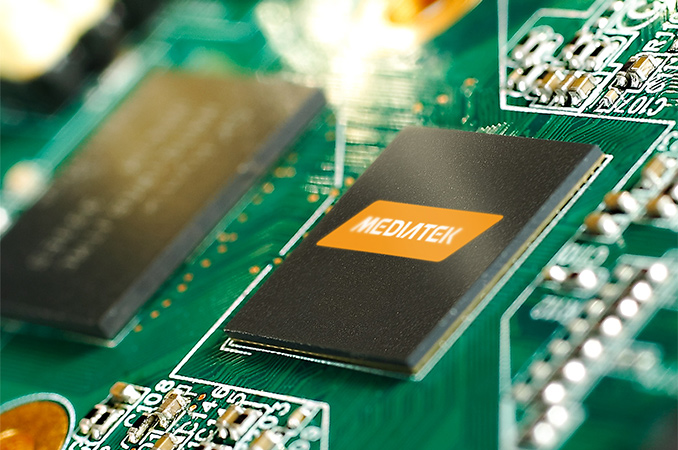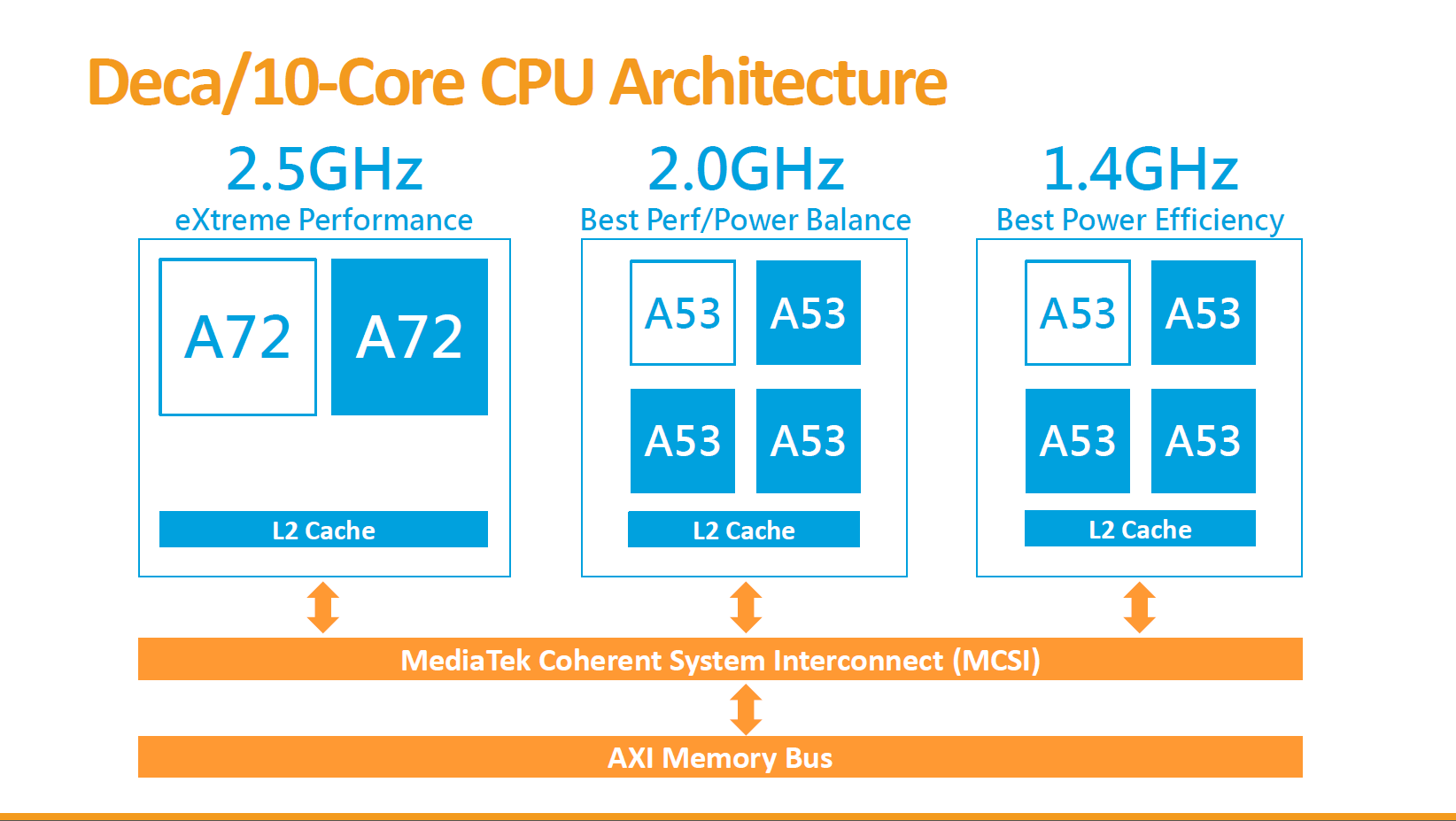MediaTek Introduces Helio X20-Based Board for a Broad Range of Applications
by Anton Shilov on July 6, 2016 12:30 PM EST
MediaTek will be introducing a special development board based on its Helio X20 SoC that is compatible with Linaro’s 96Boards specification and is aimed at developers, who are working on various low-power applications running Android. MediaTek uses development boards like this to help address new IoT markets in addition to smartphones and tablets.
The Helio X20 Development Board is listed as suitable to initiate design for consumer applications such as virtual reality headsets, advanced driver assisted systems (ADAS), mobile point-of-sale, smart signage, vending machines and other similar verticals. The platform from MediaTek is compatible with Linaro’s 69Boards hardware specification for consumer electronics devices, hence, it comes equipped with basic input/output capabilities, such Wi-Fi + Bluetooth, USB 2.0/3.0 (with OTG), microSDHC socket for memory cards (or embedded NAND flash storage), display output(s), 40-pin and 60-pin low-profile headers for hardware makers and so on. As for dimensions, we are talking about a low-profile “credit card” form-factor: 85 x 54 x 12 mm.
Right now, despite being made on a 20nm planar process node, MediaTek’s Helio X20 (two ARM Cortex-A72 cores, eight Cortex-A53 cores, ARM Mali-T880 MP4 graphics, dual-channel LPDDR3 memory controller, etc.) is one of the most powerful 64-bit mobile SoCs. Its heterogeneous multi-core architecture allows developers to delegate background/simple tasks to low-power A53 cores, while using high-performance A72 cores for workloads that require more general-purpose horsepower. Such design could be useful for a variety of consumer applications and for now, the Helio X20 Development Board will be the most powerful 96Boards-compatible platform when it comes to compute performance. The default board will come with 2GB of dual channel LPDDR3 at 933 MHz, and 8GB of eMMC 5.1 storage.
Furthermore, advanced features of the Helio X20, such as imaging capabilities (32 MP camera support, 3D depth hardware engine), world-mode LTE modem, and hardware-accelerated 4K video playback with 10-bit color depth, should enable developers to create a wide variety of consumer applications using the tiny board.
“The Helio X20 Development Board will enhance the range of 96Boards development platforms, enabling commercial and hobbyist developers working on the next generation of products and software,” said David Rusling, chief technology officer of Linaro.
The MediaTek Helio X20 Development Board is compatible with Google Android and will be available from ArcherMind Technology in China to begin. Pricing will scale depending on interest.
Source: MediaTek













15 Comments
View All Comments
serendip - Thursday, July 7, 2016 - link
It's up to individual OEMs to release source code for their MediaTek-powered devices and most usually don't, even the big ones like Xiaomi. MediaTek also keep a lot of driver code closed source, like for the imaging processor and network stack. It's a sorry state for users when old MTK-based phones get an unstable Marshmallow release because half the driver code is from KitKat.ACE76 - Thursday, July 7, 2016 - link
I think Mediatek allows OEMs to get full kernel source but they have to pay a considerable amount more...it's because Mediatek wants them to dump the product in a year or less and offer a newer version at the same low cost....they are all about volume...not quality products that will garner support for years to come....think about it? would you buy a $350-$500 Mediatek smartphone? You might buy a $150 phone though even if you know it won't get any significant updates.ACE76 - Thursday, July 7, 2016 - link
Mediatek's handling of their kernel is only hurting them in the long run...Google at one point was very much interested in using Mediatek for a Nexus...but google would never allow a Nexus to have a closed off kernel which why it never happened...MK is known to have horrible kernel support but their SOCs are not bad at all...if they opened up, the community would give them well written kernels which would help their OEMs put out great products...but it seems they are just interested in volume cheap sales that have to be upgraded year after year.Impulses - Thursday, July 7, 2016 - link
Interesting, guess we're getting a SD820 Nexus this year then...speculatrix - Saturday, July 9, 2016 - link
Google did make that mistake once, and there were a lot of complaints about a device that didn't get updated.